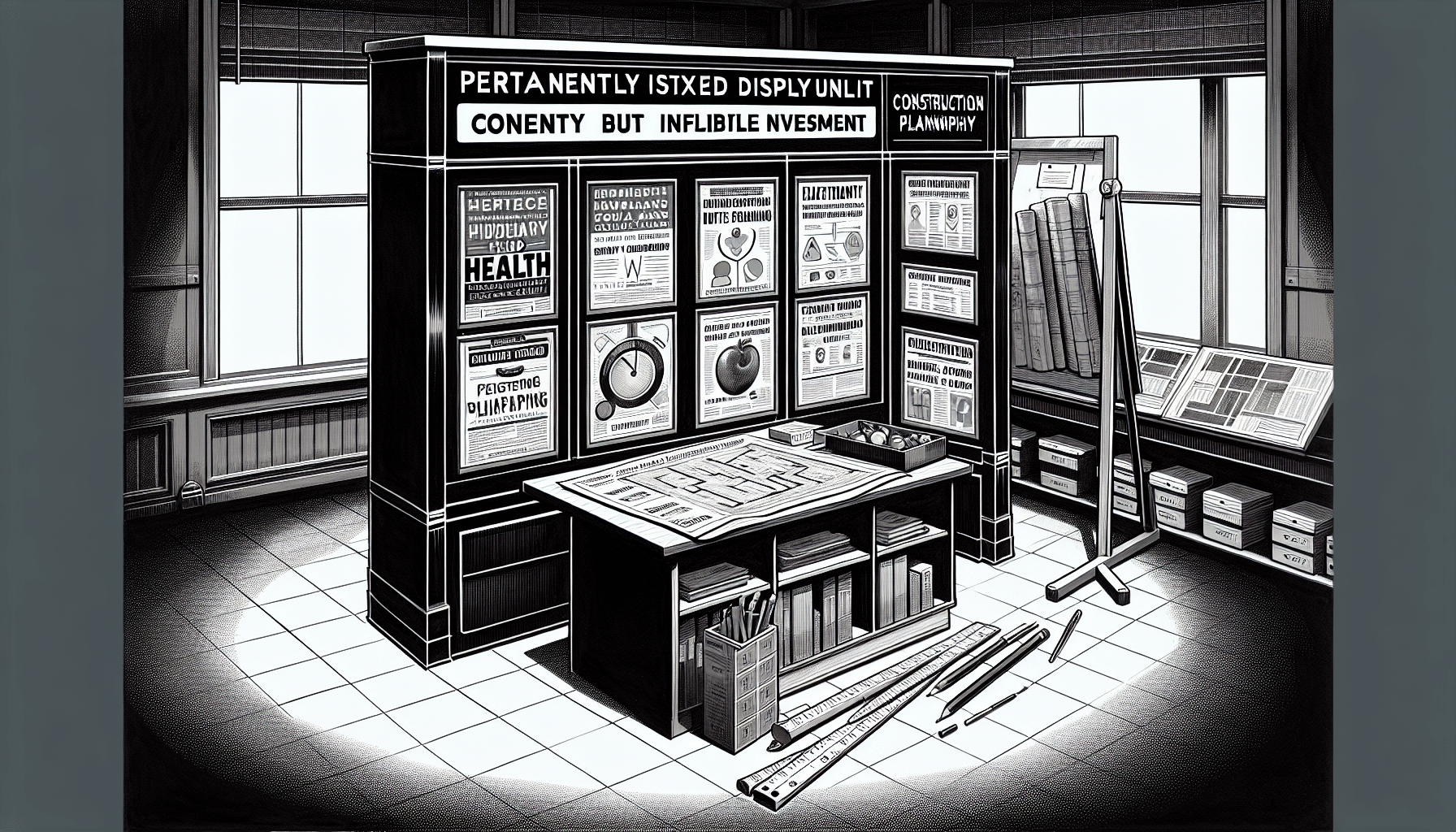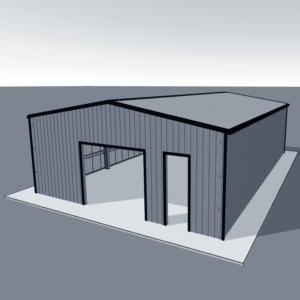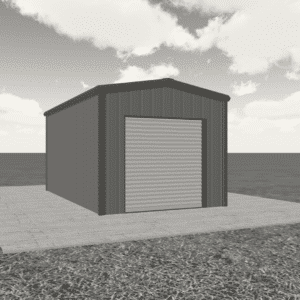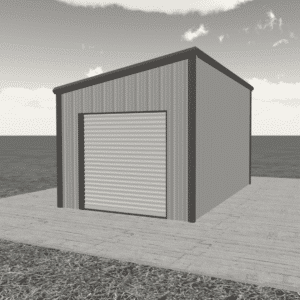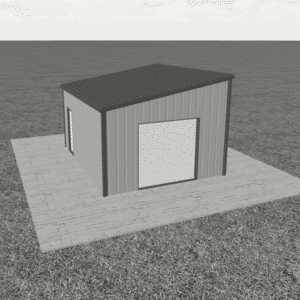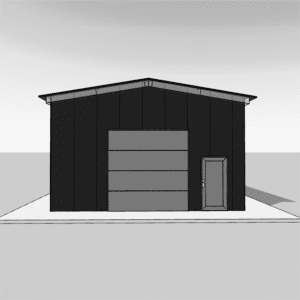A $257K Display Fiasco: Saskatchewan Health Authority’s Construction Hiccup
This instance highlights how even in public health, the statutes of construction and design precision cannot be overlooked. Known for its sterling reputation in healthcare services, the Saskatchewan Health Authority recently found itself facing a slight bump in the road. The trouble? A $257,000 investment they made in installing displays across their facilities didn’t pan out the way they had planned, casting a spotlight on a poignant example of careful planning and attention to detail required in any construction or design endeavor.
What Went Wrong with the Displays?
The Saskatchewan Health Authority, planning to enhance its premises, undertook a project to install clear display units in their facilities. While the units themselves were installed correctly, the problem arose because of an apparent oversight: the displays installed were not designed to allow the posters to be interchangeable – an essential feature that they originally desired. This meant that the displays, costing a quarter-million dollars, were not delivering the functionality originally anticipated.
The Health Authority recognized the issue and is currently seeking ‘cost-effective’ solutions to rectify the problem, casting light on how proper planning could have saved both time and resources in the construction and development phase.
The Importance of Precise Specifications in Construction and Real Estate Development
The Saskatchewan Health Authority’s display troubles underline a crucial point in both construction and real estate development: the rigorous attention to detail necessary in designing, planning, and executing projects. Every project, regardless of its size, should adhere to specified guidelines and expectations. Even a slight deviation from the planned blueprint can have significant implications, as exhibited in this case. Saskatchewan’s rich amount of building projects being carried out makes it even more critical for those in the construction and real estate sectors to take note of the importance of precision planning.
Incorporate Changes During Planning Stages
Change is often unavoidable in many projects. Situations may arise where deviations from the original plan become necessary during the execution stage. However, ideally, such adjustments should be minimized and restricted to the pre-construction stage. There are implementation examples of steel buildings in Saskatchewan where adaptability was crucial, yet precision was maintained. This continues to represent a perennial challenge for developers and contractors.
Relevance of the Saskatchewan Health Authority Case
The case of Saskatchewan Health Authority is a teaching moment for developers, investors, and those involved in project management in the real estate industry. The consideration for precision and ensuring developments meet desired specifications should not just begin and end at the planning stage. Follow-ups and continuous inspections should be put in place to monitor the progress of any project. This routine examination enables one to identify any deviations from the plan early enough to make necessary adjustments, reducing the risk of costly errors. High-quality construction teams inherently follow these best practices, helping to safeguard against such costly oversights.
Conclusion
To avoid the kind of situation that the Saskatchewan Health Authority is grappling with, it is crucial to prioritize careful planning and precision during the development process. While the health authority looks to rectify the situation in a cost-effective way, the incident stands as a teaching moment – a stark reminder of the import of detail and accuracy in any construction project.
Original news source: CBC News
We would be excited to hear your thoughts on this topic. Have you, or anyone you know, ever experienced an oversight during a construction or development project that resulted in a costly adjustment? Feel free to leave a comment, share your experience, or ask questions related to the topic below!


